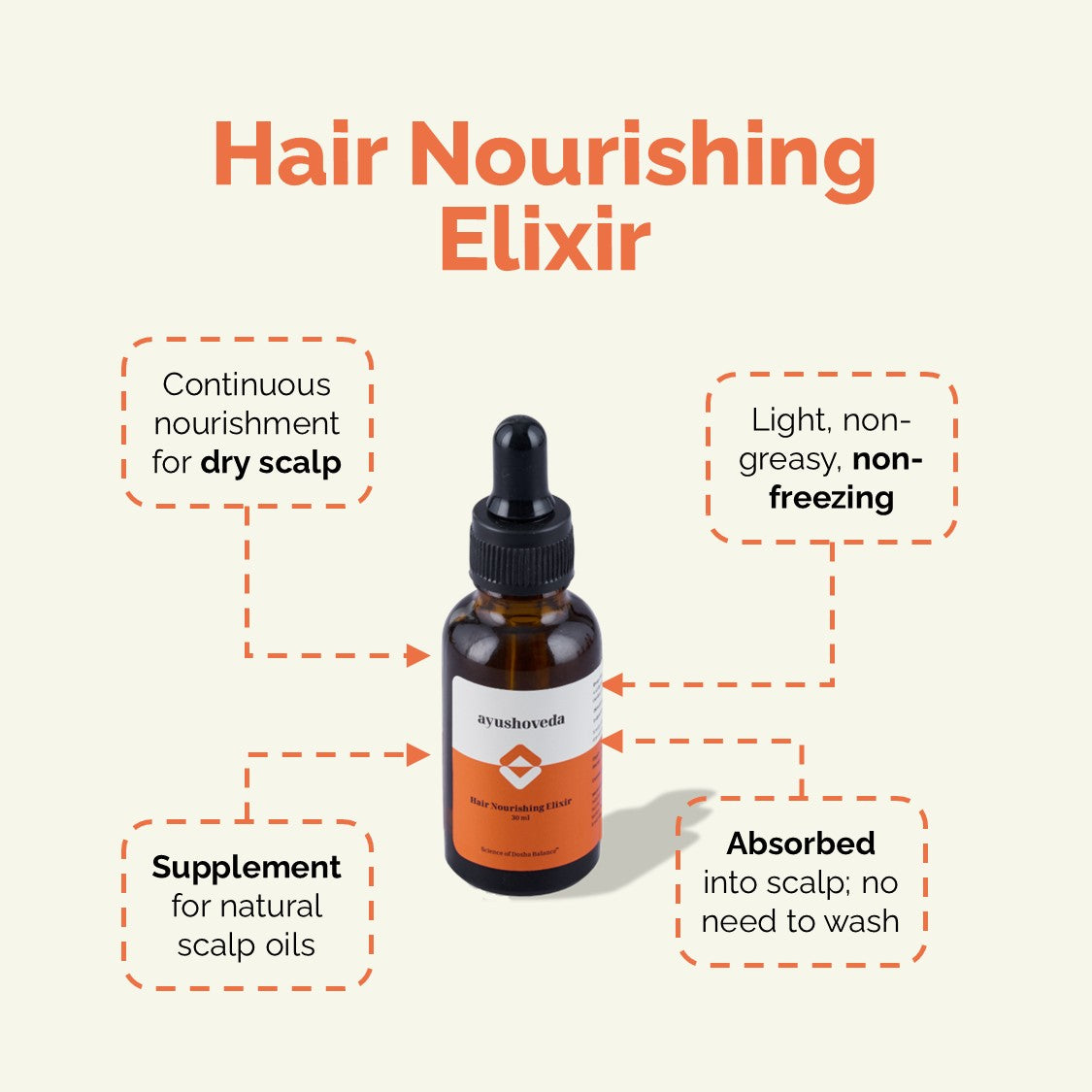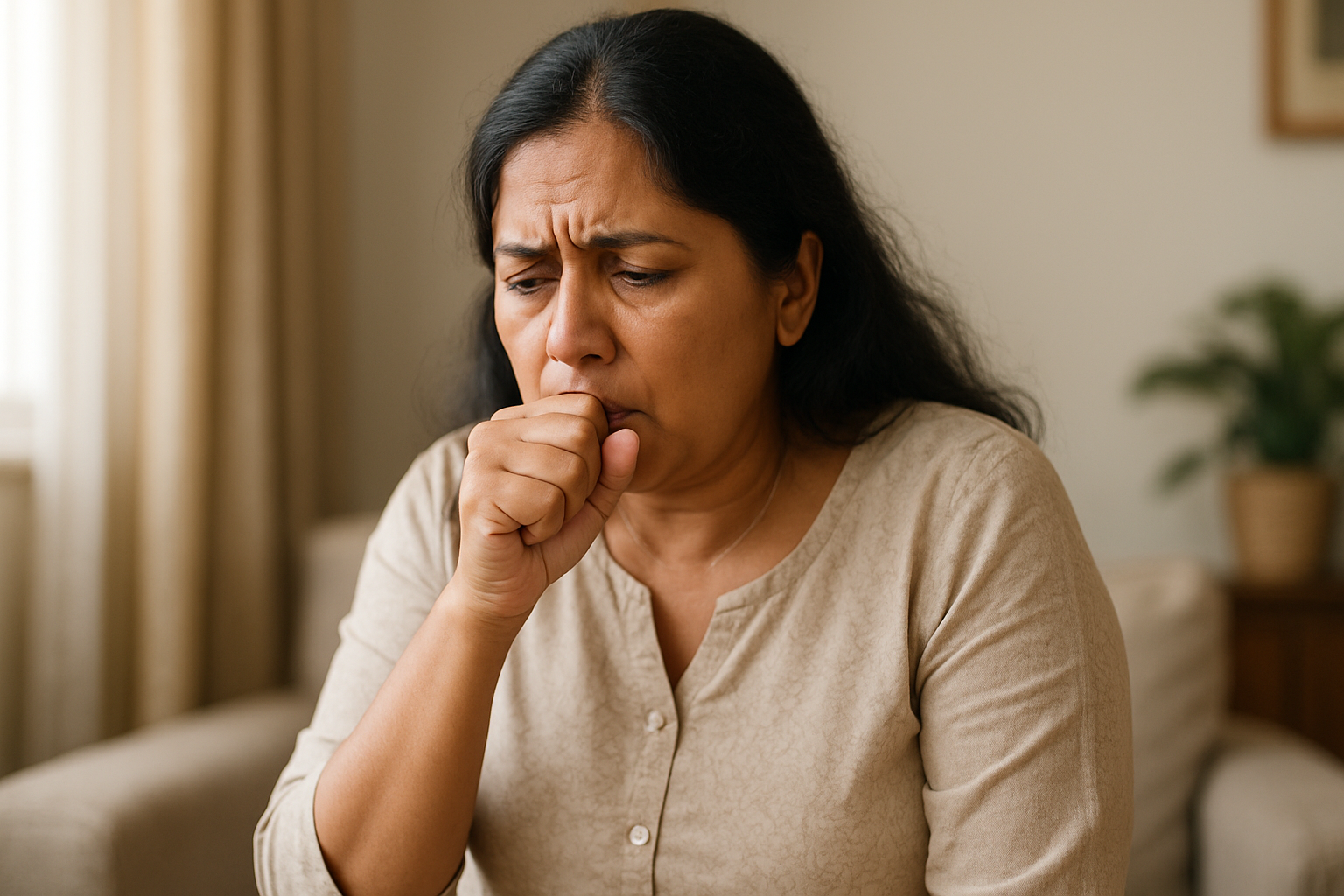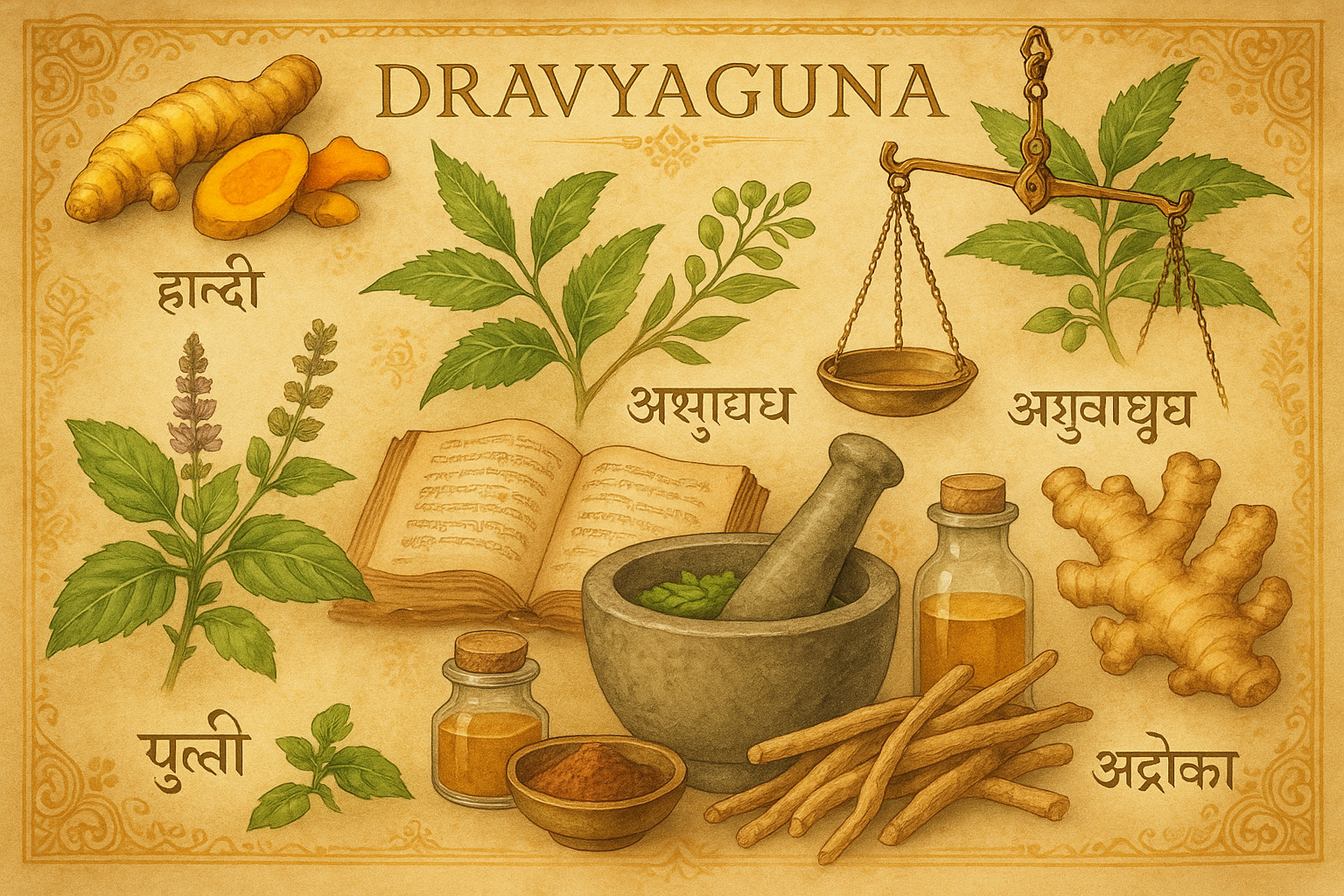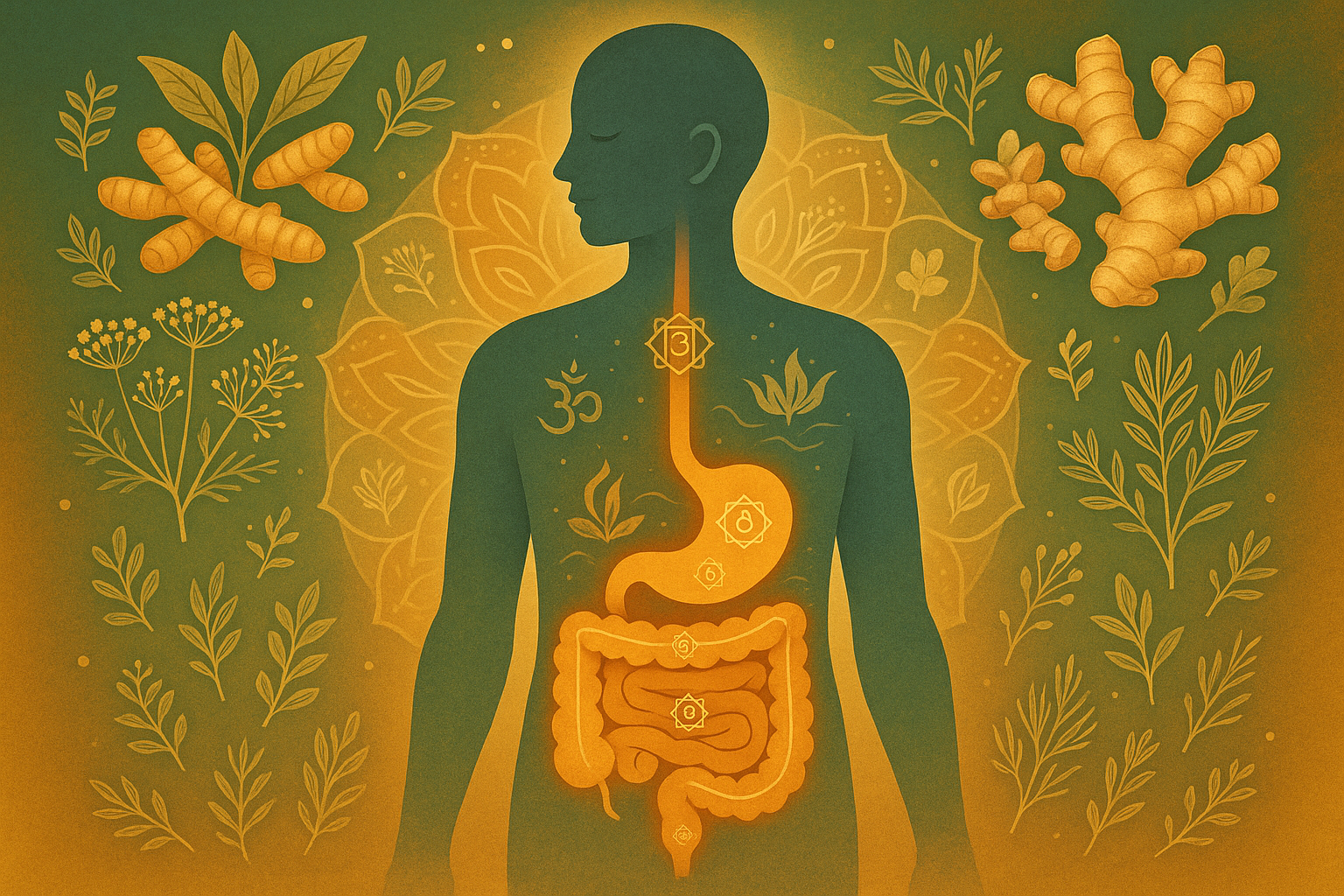Bone health in Ayurveda is not just about calcium — it’s about maintaining the strength and nourishment of the entire body through mindful eating, balanced routines, and managing Vata.
Dr. Nambi delves deep into the Ayurvedic understanding of bone health, emphasizing the vital role of Asthi Dhatu (the bone tissue) and how lifestyle choices, nutrition, and aging affect it. Through simple explanations and practical advice, he unpacks how bone strength is intricately tied to Vata dosha, overall nourishment, and the condition of the body's tissues.
Understanding Bones in Ayurveda
Asthi Dhatu and Its Significance
In Ayurveda, Asthi refers to the bone tissue, derived from the root word “asti stha” meaning stability. Asthi is one of the seven fundamental dhatus or body tissues, which include:
-
Rasa (nutrient fluid)
-
Rakta (blood)
-
Mamsa (muscle)
-
Medas (fat)
-
Asthi (bone)
-
Majja (marrow)
-
Shukra (reproductive tissue)
These tissues are formed sequentially from nutrition (rasa), and any disturbance in the early stages impacts later tissues. Thus, poor nutrition can ultimately affect bone strength.
How Bone Degeneration Happens
The Role of Vata Dosha
Each dhatu is linked to a dosha. Asthi is predominantly associated with Vata. When Vata increases — due to age, irregular habits, or lifestyle — bone quality deteriorates. This is particularly apparent in old age, the Vata phase of life, where bones naturally become weaker and more porous.
Conditions Like Osteopenia and Osteoporosis
Dr. Nambi explains that Osteopenia marks reduced bone density and precedes Osteoporosis, where bones become brittle and porous. Despite their apparent solidity, bones contain a lot of Akasha (space) and Vayu (air), resonating with the Vata qualities, making them susceptible to imbalances.
Causative Factors of Weak Bones
A variety of factors can increase Vata and compromise bone health:
-
Irregular meals and skipping food
-
Excess spicy, bitter, astringent, or acidic foods
-
Fermented or dry foods in excess
-
Overexertion and excessive travel
-
Sleep deprivation (Ratri Jagaran)
-
Frequent fasting without balance
As bones store essential minerals like calcium, phosphorus, and magnesium, poor diet or metabolism forces the body to draw nutrients from bones, leading to degeneration.
Preventing and Managing Bone Loss
Nutrition and Routine
Dr. Nambi emphasizes Ahara (diet) and Vihara (lifestyle) in managing Asthikshaya (bone tissue depletion):
-
Eat on time and include all six tastes
-
Prioritize milk, ghee, rice, leafy greens, and balanced meals
-
Avoid excessive sour, salty, or spicy foods
Oil Massage and Warm Baths
Daily Abhyangam (oil massage) using oils like Lakshadi tailam or Dhanwantaram tailam followed by warm baths is excellent for pacifying Vata and improving bone health.
Exercise – But Not Excessively
Ayurveda recommends moderate physical activity. Strength training is encouraged, especially for women, but should be done with ardha shakti — using only half one’s capacity. Strong muscles around joints are crucial since they support bones and absorb shock.
Treatment of Bone Conditions
Fractures and Osteoarthritis
For fractures:
-
Avoid weight gain during recovery, especially for lower limb fracture
-
Reduce food quantity to ease pressure on joints
-
Ayurvedic therapies like lepa (external applications), dhara (pouring therapies), and internal medications support healing
For osteoarthritis:
-
Focus on muscle strengthening, not just the joints
-
Use Panchakarma when necessary for deep detoxification
-
Ayurvedic management can prevent progression, though structural damage may not be fully reversible
Q&A Highlights
1. What causes bones to weaken?
-
Aging (Vata phase), poor nutrition, irregular food habits, overexertion, lack of sleep, and excessive fasting.
2. How can one prevent or manage osteoporosis in Ayurveda?
-
Maintain a nutritious diet, avoid dry and acidic foods, sleep well, apply oil regularly, and control Vata dosha with appropriate herbs and kashayams.
3. Why do joints pop or crack?
-
Popping is due to air trapped in joints—generally harmless. Crackling sounds may signal joint degeneration from weak muscles or weight gain.
4. What food improves bone health?
-
Milk, ghee, rice, green leafy vegetables, slightly sweet and mildly sour foods. Avoid excessive sour, spicy, or fermented items.
5. Should women strength train?
-
Yes. Mild-to-moderate strength training helps tone muscles, which support bones and prevent degeneration.
6. Can osteoarthritis be reversed?
-
Not fully. However, strengthening muscles and proper Ayurvedic treatment can greatly improve joint function and quality of life.
7. How can bone healing be accelerated after a fracture?
-
Reduce food intake to prevent weight gain, ensure good nutrition, apply appropriate oils, and undergo rehabilitative Ayurvedic treatments.
8. Does Panchakarma help in bone conditions?
-
Yes, but only in chronic or dosha-heavy conditions and if the patient has enough strength. Otherwise, lighter therapies and dietary adjustments are preferred.
9. Are there alternatives to milk in Ayurveda?
-
According to Dr. Nambi, milk has no true alternative. Cow’s milk is considered highly nourishing and balancing.
10. How does Ayurveda view weight loss and exercise?
-
Reduce portion size, ensure calorie output exceeds input, and avoid extremes. Ayurveda recommends discipline over drastic diets or intense workouts.


















